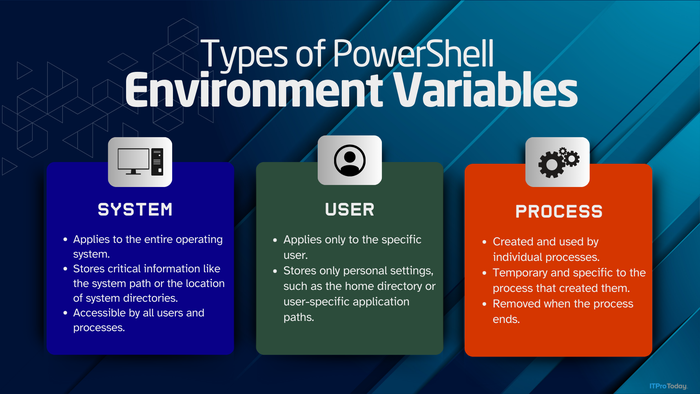Useful PowerShell Network Virtualization commandsUseful PowerShell Network Virtualization commands
Examine Network virtualization status using PowerShell
November 23, 2015

Q. What are some useful commands to examine the state of my network virtualization deployment?
A. Below are some of the most useful PowerShell commands I use to check details of my network virtualization environments.
Get-NetVirtualizationProviderAddress - Shows the provider addresses assigned to Hyper-V hosts to enable network virtualization to work. These addresses will not show in a regular IPCONFIG
Get-NetVirtualizationLookupRecord | Sort-Object VMName | Format-Table CustomerAddress,VirtualSubnetID,ProviderAddress,VMName -AutoSize - Shows the mapping of customer addresses (IP inside VMs in a virtual network) to provider addresses (Hyper-V host hosting VM)
Get-NetVirtualizationCustomerRoute - View all the virtual subnets and virtual networks a Hyper-V host is part of based on VMs it is hosting
Ping -p - Ping a PA of a Hyper-V host to help test connectivity
Select-NetVirtualizationNextHop -SourceCustomerAddress 192.168.10.4 -DestinationCustomerAddress 192.168.10.5 -SourceVirtualSubnetID 6864375 - Find the next hop between two VMs in a virtual network
Test-VMNetworkAdapter -Sender -SenderIPAddress 192.168.10.4 -ReceiverIPAddress 192.168.11.2 -VMName "Blue-VM-1" -NextHopMacAddress "00508c125f46" -SequenceNumber 100 - Tests the communication between two VMs in a virtual network from the host. Uses the next hop MAC found in the previous command
About the Author
You May Also Like
.png?width=100&auto=webp&quality=80&disable=upscale)
.png?width=400&auto=webp&quality=80&disable=upscale)






.jpg?width=700&auto=webp&quality=80&disable=upscale)
